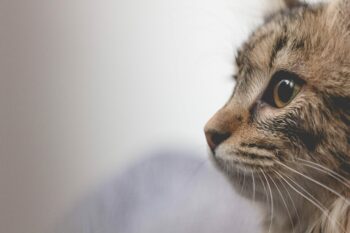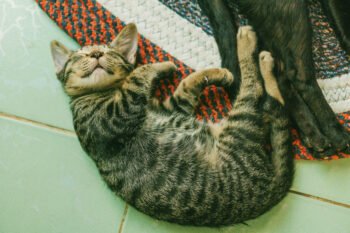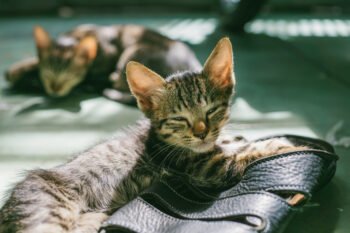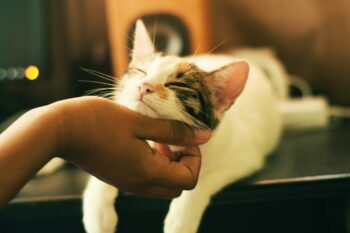If your favorite feline looks more like a potato than a panther, you’ve got one fat cat. Here’s how to tell if kitty is overweight.
How to Check:
- You should be able to easily feel your cat’s ribs, but not see them sticking out. This indicates that your cat is at a desirable weight.
- Look at your cat from above. Some indentation between the rib cage and the hips (that classic hourglass figure) indicates that your cat is at a desirable weight.
- Check your cat’s belly. If the belly protrudes, the cat may be overweight. (A protruding belly on a cat is called an apron.)
- Feel your cat’s hips. Anything more than light fleshiness indicates that your cat is above normal weight.
- Always consult a veterinarian before putting a cat on a diet. Your veterinarian can recommend the right diet for your cat, and can examine your pet to rule out the possibility that a serious medical condition is causing the obesity.
What to Do:
- Regular exercise helps your cat lose weight.
- A cat’s weight at one year of age often reflects the animal’s optimal body weight, although this is not true of cats who are already obese at one year. A veterinarian can provide weight guidelines.
Warnings:
- Visible ribs or excessive thinness could be a sign of hyperthyroidism (overactive thyroid) in cats, especially in those over 12 years of age. Consult a veterinarian if your pet is chronically underweight.
- It’s crucial not to let your cat become overweight. Obesity can lead to hepatic lipidosis (a fatty liver), diabetes, arthritis and other serious medical problems.
- It’s also crucial to work with your veterinarian on a weight-reduction program, because a cat who loses weight too quickly can suffer from life-threatening complications.







